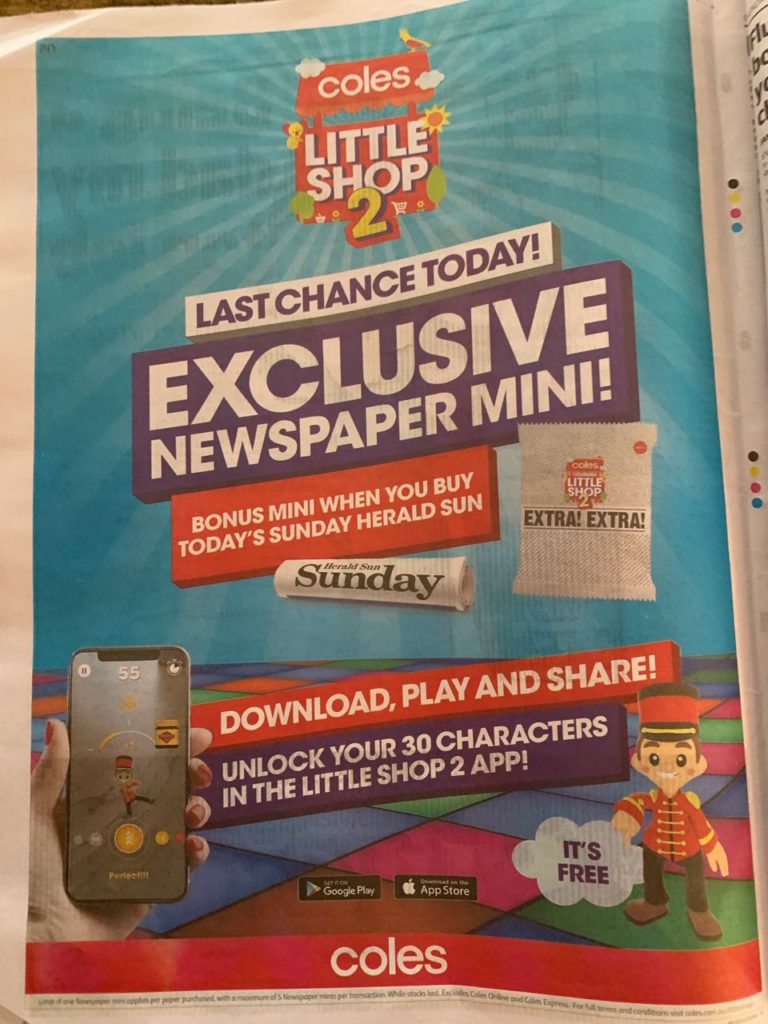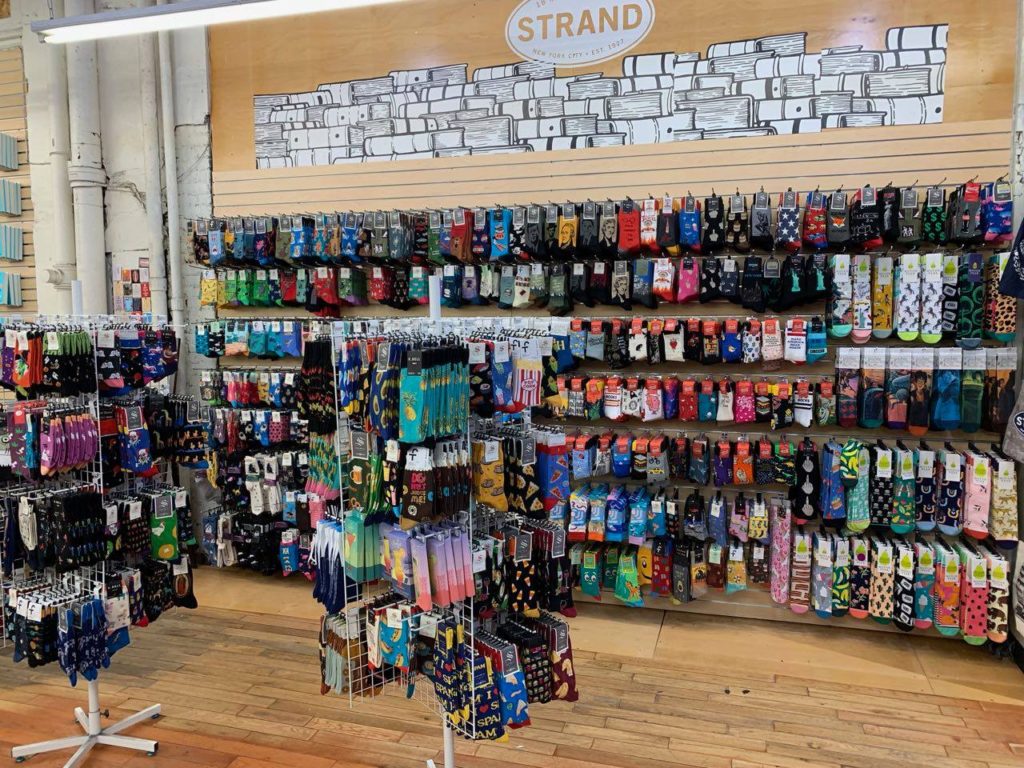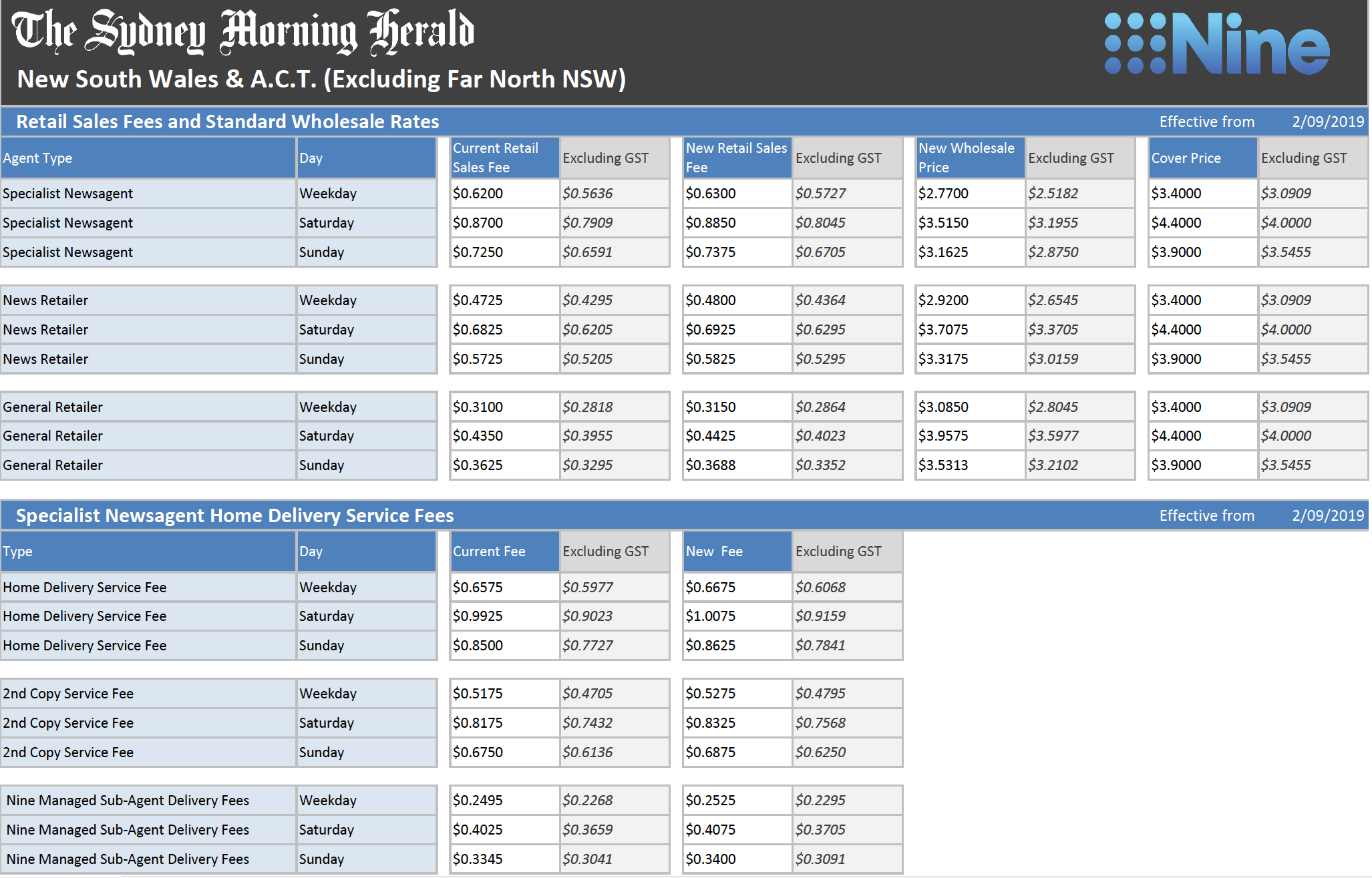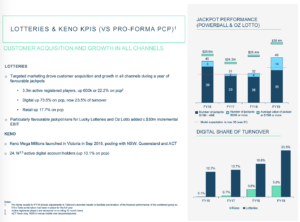Update on our pre-order pitch in the newsagency
Two weeks ago I wrote briefly about a pre-order pitch we are making. What I did not say is that we were primarily pitching online. Well, today, two weeks on, we have banked more than $9,000 in revenue – for stock the will not arrive for another four weeks.
What makes the experience even more valuable is knowing in advance of stock arriving what the hot sellers will be, what we can feature knowing it will sell two, three and four times faster than other products in the model line. This is invaluable.
The success I am talking about here is from one store, with a niche product category that is also pitched in majors. What we have done is leverage the opportunity in a more flexible way that you won’t see in the majors as operationally it is too challenging for them.
Our spend on advertising so far – $0.00. We have leveraged an email database that we have built up of people interested in this product category as well as a specialty Facebook page created for the category – again, without spending anything on advertising.
My core point is that success is out there for the taking, not too far away from our shingle, as long as we are opportunistic, back ourselves and are creative at reaching possible shoppers.
What we are doing is not that unique, it is certainly not the first time preorders have been offered in this niche. What is different is that wee started planning a year out, building the email database, growing the social media community and creating a backend engagement approach that enables us to make the most of the pre-sell opportunity.
The reality is that we build an infrastructure like a big business would build, but on a small small business budget of $0 spend.
Retail has fundamentally changed as has businesses under the newsagency shingle as well as suppliers who supply the channel. Further, change is far from done. This is why we have to keep innovating, to play a good game on a moving pitch in rough weather.
It is at the fringes where we have opportunities to make good money.







